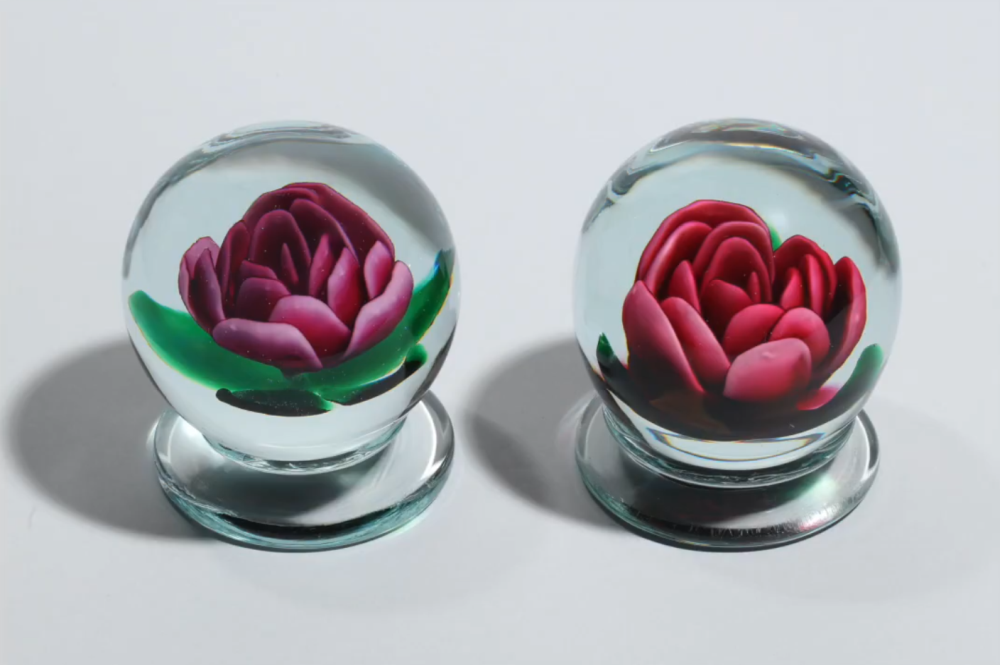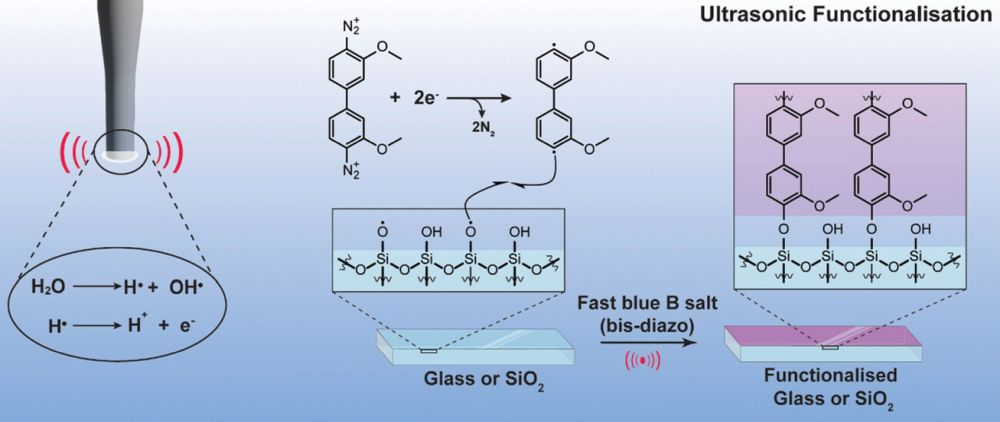
[Image above] Gorilla Glass Victus, the latest version of Gorilla Glass, exhibits both improved drop resistance and scratch resistance. Credit: Corning Gorilla Glass, YouTube
When I first came to work at ACerS in 2018, a growing topic in the electronics world was foldable smartphones.
“Foldable” in this case did not mean your early 2000s flip phones, where the phone consisted of a rigid screen on top and a keyboard on bottom. No, foldable phones in this case meant a phone with a single screen that bends.
Phone companies began announcing their plans to debut foldable smartphones at the end of 2018, and I wrote a CTT post highlighting a few of the challenges they would face in bringing such phones to market. And now that several of these phones have hit the market, some of the predictions came true—particularly difficulties with developing a bendable but tough cover screen.
Traditionally, glass is the material used for cover screens because, compared to plastic, it has better optical properties, higher scratch resistance, and more sensitive electrical (touch) performance. However, a tough glass is conventionally a rigid glass, meaning it cannot bend or fold without fractures or breakage.
Glass can be flexible when it is made very thin—such as Corning’s Willow Glass used for the inside layer of smartphones—but the tradeoff is a decrease in toughness, thus lowering its utility as a cover screen. So, many foldable smartphones on the market today use plastic for the cover screen instead (the Samsung Galaxy Z Flip claims to be an exception). While flexible, these plastic screens offer much lower scratch resistance than glass screens used in traditional, nonflexible smartphones.
Until a tough, flexible cover screen material is developed that gives foldable smartphones similar durability to traditional smartphones, many people will continue to buy smartphones of the nonfoldable variety. And that means the market for rigid glass cover screens continues to hold strong.
Which is why it is no surprise that Corning has continued to invest heavily in improving their Gorilla Glass technology.
Gorilla Glass is a brand of chemically strengthened glass developed and manufactured by Corning. Many big phone brands including Samsung and Apple use Gorilla Glass as the cover screen material in their smartphones, and for years Gorilla Glass was considered the gold standard for scratch resistance.
However, in recent years, newer generations of Gorilla Glass appeared to be losing their edge. As a Verge article from 2018 noted, “Since glass can’t truly be both extremely drop resistant and scratch resistant, Corning and other glass makers are forced to choose which of those two qualities to prioritize. For Corning, drop resistance takes precedence.”
Because of Corning’s focus on improving drop resistance, scratch resistance hasn’t improved since 2014, according to Corning’s own tests. And for consumers who want the best of both worlds, the plateau in scratch resistance is obvious.
But a big announcement from Corning last week looks to finally change that, with the introduction of Gorilla Glass Victus.
Gorilla Glass Victus is the latest Gorilla Glass in the series, and it appears both drop and scratch resistance significantly improved in this version. According to the press release, Gorilla Glass Victus achieves drop performance up to 2 meters (up from 1.6 meters in Gorilla Glass 6) and demonstrates two-times the scratch resistance of Gorilla Glass 5.
John Bayne, senior vice president and general manager of Corning’s Mobile Consumer Electronics market, explains in the press release that a change in approach to research development led to this breakthrough.
“Instead of our historic approach of asking our technologists to focus on a single goal—making the glass better for either drop or scratch—we asked them to focus on improving both drop and scratch, and they delivered with Gorilla Glass Victus,” Bayne says.
For details on how Corning researchers achieved this feat, check out this Wired article that offers a look behind-the-scenes at the research process.
Though not commercially available on a smartphone yet, the press release states Samsung will be first to adopt the glass in the near future.
In the video below, Bayne gives the launch-day introduction to Gorilla Glass Victus.

Credit: Corning Gorilla Glass, YouTube
Interested in the lab tests themselves? Check out the videos below, which demonstrate Knoop scratch test, retained strength test, and dynamic impact drop, respectively.

Credit: Corning Gorilla Glass, YouTube


Credit: Corning Gorilla Glass, YouTube
Author
Lisa McDonald
CTT Categories
- Glass


